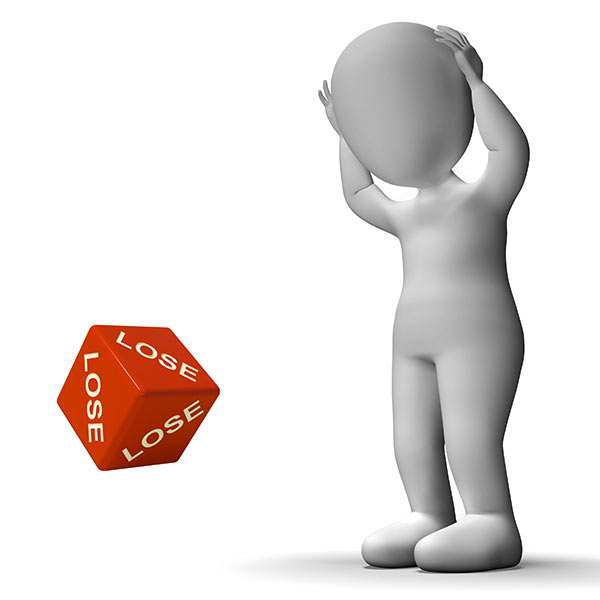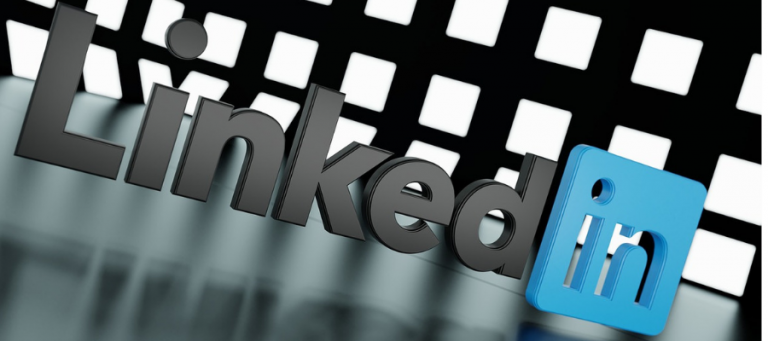How To Get More Mileage Out Of Your Call To Action
“Buy Now!”
“Subscribe today.”
“Sign Up!”
Each of these little gems is examples of what is commonly known as a “call to action,” or CTA. When clicked, they invite the reader to exchange a little more information for access to things like special offers, event registration, or newsletters. Hands down, when crafted just right, they are one of the best ways to initiate engagement between your digital content and your audience.
What is a call to action?
Think of it this way. A call to action is a request to make the first move. Sort of how a guy would ask a gal’s dad for permission to court her back in the day.
Simply put, it’s a request to take an immediate action – or engage ÂÂ- with the content you’ve labored over. And it is an essential component of a successful content marketing strategy.
When readers click on the call to action link, it signifies that whatever you said a line or two above piqued their interest.
But, it doesn’t mean that they’re willing to commit.
Call to action do’s and don’ts
Knowing which calls to action to include in your content is a matter of fit. Â A snug fit activates your content and helps cultivate a supportive ecosystem that nurtures new leads. But a poor fit will turn off your reader, prompting them to ignore it.
So here’s a short list of do’s and don’ts to help up your chances of boosting engagement through the use of calls to action:
• Do make your CTA clearly distinguishable from surrounding copy. Thus, easy to find. And this can be done in a number of ways. Most commonly, CTAs are housed inside a button of sorts which sends a subliminal message to the reader to “push me.” Use eye-catching, but not alarming, colors to make your button pop.
• Don’t make assumptions. You have to tell people what to do. One of the biggest mistakes you can make is to assume that readers will know what action you want them to take. Vague terminology like “engage”, “connect”, or one of my favorites, “join the conversation” may sound good but to readers, what does that mean to them and why should they care? Lose the jargon. Be specific. Zero in on one action you’d like them to take and go for it.
• Do demonstrate your value. “WIIFM.” Your readers want to know “what’s in it for me?” Readers are inundated with CTA buttons of all shapes and sizes all day, every day. And they may not want to push your button or click on your image. That is unless you tell them why. Will clicking that button help solve their problem or deliver good news? Be clear about why clicking that button is perhaps one of the best decisions they’ll make that day.
• Do make sure the CTA button links to the correct page on your website or specific landing page. You only get one shot at this. If the readers muster up the courage to click the CTA button and it goes to a broken link, they’re gone and you may not get a chance at redemption.
The final word on calls to action
The rules of engagement are clear. Keep it simple, beneficial, yet specific. The success of your content marketing strategy relies heavily on the proper use of calls to action because even great content goes unread if it’s locked away behind the door of an unclicked CTA.
Need to write better calls to action? Download this free guide from HubSpot to get 101 examples of calls to actions that actually… well, work!






